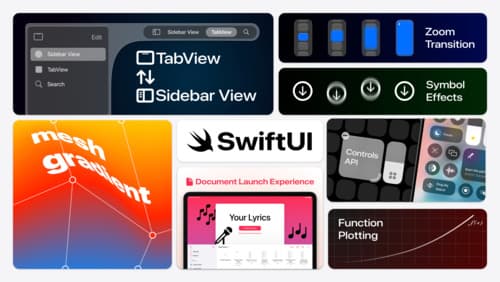How to use instruments
Asked on 2025-06-06
1 search
To use Instruments, you would typically refer to Apple's developer documentation or attend sessions at WWDC that cover performance analysis and optimization tools. Instruments is a powerful tool for profiling and debugging your apps, allowing you to track memory usage, CPU performance, and more.
While the provided context does not specifically mention Instruments, it does cover various topics related to app development and optimization, such as designing great visionOS apps, exploring object tracking, and enhancing spatial computing apps. If you are interested in these areas, you might find sessions like "Design great visionOS apps" or "Enhance your spatial computing app with RealityKit audio" useful.
For more detailed guidance on using Instruments, you might want to look for sessions or resources specifically focused on performance tools in Apple's developer ecosystem.

Design great visionOS apps
Find out how to create compelling spatial computing apps by embracing immersion, designing for eyes and hands, and taking advantage of depth, scale, and space. We’ll share several examples of great visionOS apps and explore how their designers approached creating new experiences for the platform.

Explore object tracking for visionOS
Find out how you can use object tracking to turn real-world objects into virtual anchors in your visionOS app. Learn how you can build spatial experiences with object tracking from start to finish. Find out how to create a reference object using machine learning in Create ML and attach content relative to your target object in Reality Composer Pro, RealityKit or ARKit APIs.

What’s new in SwiftUI
Learn how you can use SwiftUI to build great apps for any Apple platform. Explore a fresh new look and feel for tabs and documents on iPadOS. Improve your window management with new windowing APIs, and gain more control over immersive spaces and volumes in your visionOS apps. We’ll also take you through other exciting refinements that help you make expressive charts, customize and layout text, and so much more.
